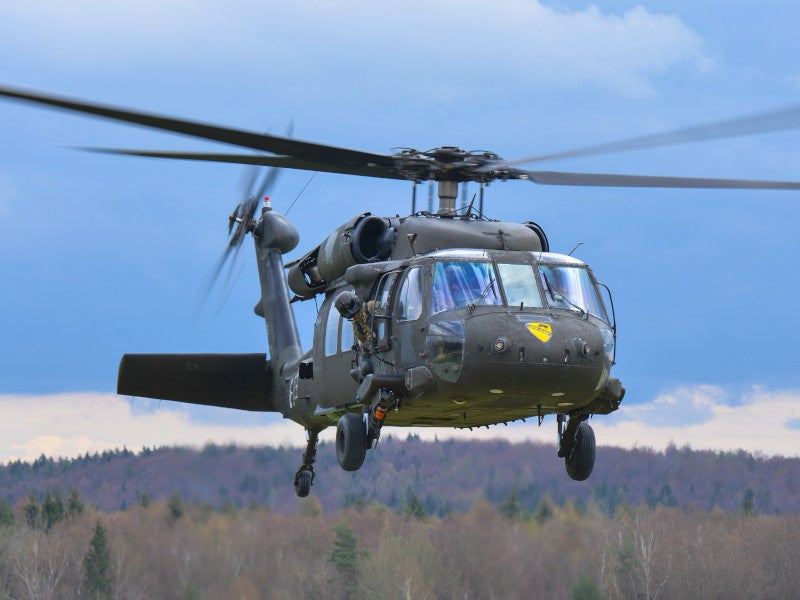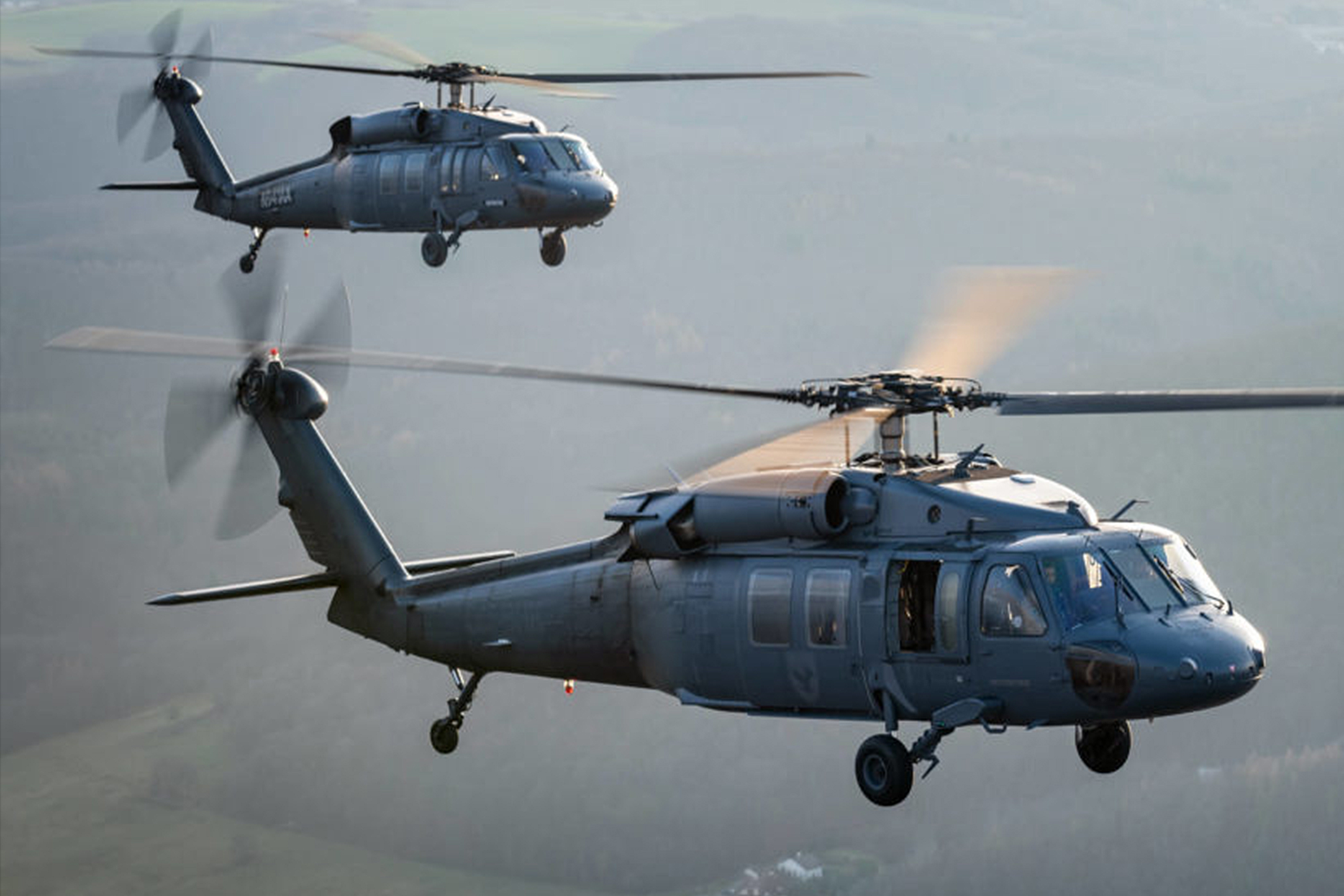In-Depth Analysis of the UH 60 Helicopter: Unveiling Its Parts and Benefits
The UH-60 helicopter stands as a stalwart in modern-day air travel, renowned for its durable layout and complex capabilities. As we dissect this aerial workhorse, we will explore its elaborate parts, from the engines that power its trip to the innovative avionics that assist its objectives. Exploring the arsenal of weaponry and protective systems that strengthen its function, we discover a device that not only stands out in battle circumstances yet likewise showcases flexibility in varied functional environments. Join us as we unwind the layers of this aircraft, disclosing the advantages and subtleties that make the UH-60 a cornerstone of army and civilian aeronautics alike.
UH-60 Helicopter: Overview of Design

Stemmed from comprehensive r & d, the UH-60 helicopter showcases a precise mix of capability and aerodynamic performance in its ingenious layout. This versatile airplane, mostly made use of for army transportation, clinical discharge, and various other goals, flaunts a durable structure that can withstand various operational atmospheres. The UH-60's outside includes a streamlined and streamlined fuselage, developed to minimize drag and improve its total efficiency in flight. Its retracting touchdown equipment even more adds to its wind resistant profile, permitting smooth liftoffs and landings.
Moreover, the UH-60's rotor system plays a crucial function in its style, offering the needed lift and ability to move for complex objectives. The main rotor blades are carefully engineered to optimize lift while the tail blades ensures stability and control throughout flight. Additionally, the helicopter's large inside can accommodate as much as 20 travelers or a substantial quantity of cargo, making it a functional and trusted transportation system. Essentially, the UH-60 helicopter's design exhibits an ideal equilibrium in between performance, performance, and flexibility, making it a staple in army procedures worldwide.


Engine and Propulsion System
The UH-60 helicopter's engine and propulsion system are indispensable parts that power its procedures with effectiveness and dependability. The UH-60, frequently referred to as the Black Hawk, is geared up with two General Electric T700-GE-701D engines, giving it with the necessary power to perform its varied objectives effectively. These turboshaft engines are renowned for their effectiveness and high efficiency, making them suitable for the UH-60's operational requirements.
The propulsion system of the UH-60 helicopter consists of a sophisticated main rotor system and a tail rotor. The major rotor is crucial in creating lift and thrust, allowing the helicopter to remove, maneuver, and land smoothly. The tail rotor, on the various other hand, plays a critical duty in neutralizing the torque created by the major rotor, ensuring the helicopter keeps directional control.
Avionics and Interaction Devices

Armament and Protective Attributes
Enhancing the UH-60 helicopter's tactical capacities, the armament and defensive attributes play a critical duty in guaranteeing objective success and staff safety. In addition, the UH-60 can be outfitted with sophisticated missile systems to involve targets at longer ranges, further enhancing its lethality on the combat zone.
In terms of defensive functions, the UH-60 incorporates shield plating to secure the team and important parts from anchor little arms fire and shrapnel. Furthermore, the helicopter is equipped with innovative protective help systems (DAS) that include radar caution receivers, projectile caution sensing units, and countermeasure dispensers to detect and disperse inbound hazards such as missiles and aggressive fire. These integrated defensive systems significantly boost the UH-60's survivability in high-threat environments, allowing it to operate properly in facility and tough missions while focusing on staff security.
Operational Advantages and Adaptability
Incorporating wikipedia reference innovative armament systems and robust defensive functions, the UH-60 helicopter shows phenomenal operational advantages and adaptability in various goal scenarios. Its capacity to adapt to varied functions such as troop transportation, clinical emptying, search and rescue, and special operations makes it a very sought-after asset in military and noncombatant procedures. The UH-60's twin-engine design provides added safety and security and integrity, enabling it to run properly in difficult atmospheres and adverse weather.
Furthermore, the helicopter's sophisticated avionics systems, consisting of GPS navigation and evening vision capabilities, boost its functional effectiveness throughout missions carried out in low-light settings or unknown territories. The UH-60's roomy cabin fits as much as 12 fully-equipped troops or several cots for medical discharge functions, showcasing its adaptability in meeting different operational needs promptly and efficiently.
Additionally, the UH-60's rapid cruise ship speed and lengthy endurance enable fast implementation and continual operations over expanded ranges, helping with quick response and long term objective durations when necessary. Overall, the UH-60 helicopter's operational benefits and convenience make it a versatile and important property in a vast array of objective situations, strengthening its online reputation as a trustworthy workhorse in the aviation industry.
Verdict
Finally, the UH-60 helicopter boasts an innovative design, progressed engine and propulsion system, innovative avionics and communication equipment, and dependable weaponry and protective features. Its operational benefits visit homepage and versatility make it a very sought-after airplane for different missions and tasks. The UH-60's elements work with each other flawlessly to supply remarkable efficiency and abilities, making it a beneficial possession in military and civilian procedures.